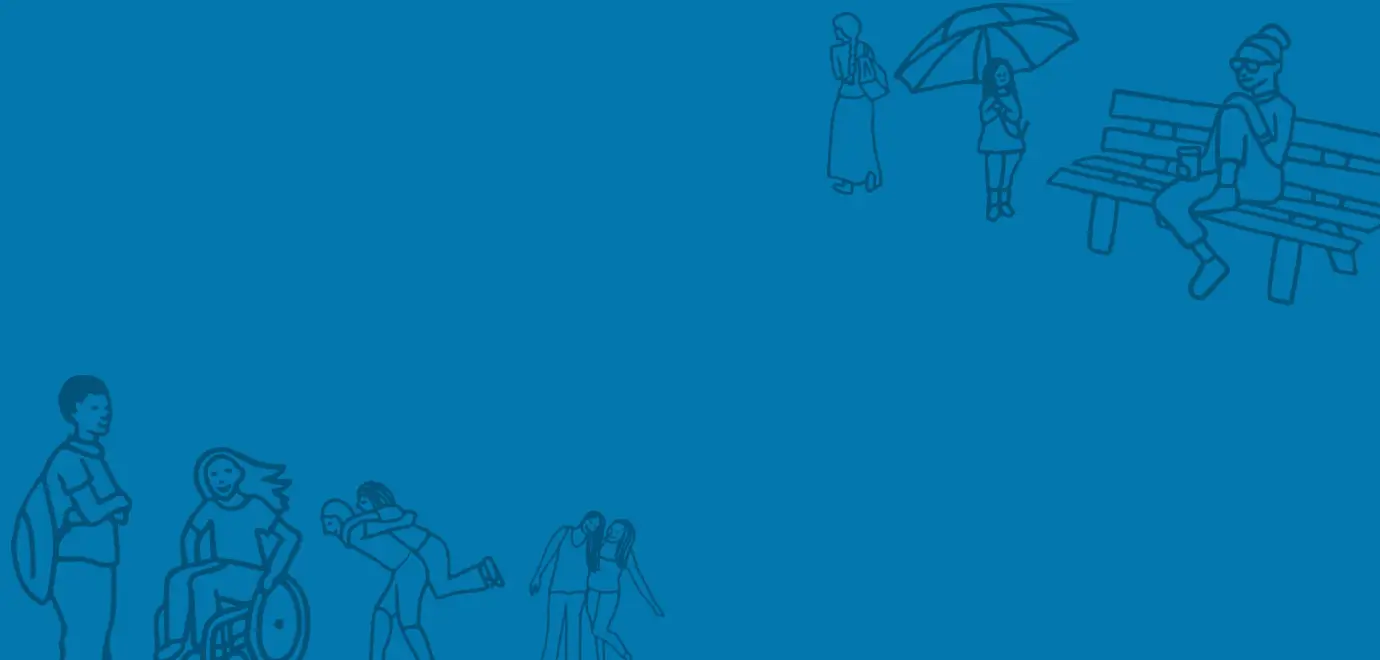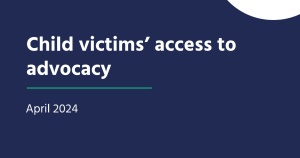If you’ve ever broken an arm or leg, the chances are that you’ll have been asked how it happened, surrounded by people wanting to know the story behind it, safe in the knowledge that with the right treatment it will get better.
Much progress has been made in developing public understanding of and removing the stigma attached to mental illness – the Duke and Dutchess of Cambridge, Prince Harry and even the Prime Minister, have all played important roles in doing so. But we are still some way off affording mental illness the same level of openness afforded to broken limbs.
We need to continue to spread the message, particularly among children, that there is absolutely no shame in having a mental health condition. There is help out there and the more readily we talk about mental health, the lighter its burden becomes.
One key aspect of maintaining the mental health of England’s children is ensuring that every child has someone to whom they can talk and who will provide them with vital emotional support. This is the message that has been at the heart of Children’s Mental Health Week over the last five days. And as the accompanying research from organisers Place2Be shows, children can provide valuable support to each other when dealing with emotional problems – the overwhelming majority of 10-11 year olds do try to help and talk through problems if they notice a classmate is unhappy.
However, there is an enormous challenge to be addressed. Childline reports an incredible 36% rise in calls relating to depression and other disorders and more calls from children feeling suicidal over the last four years.
If this rise were in part due to greater awareness among children of the support available and of an increased willingness to seek help then that is to be welcomed, but it may be that changing lifestyles and particularly the impact of 24/7 social media may be contributing to increases in mental health conditions and it is vital that we do all we can to reach them early.
Last month the Prime Minister announced a review of children’s mental health services to this effect, aiming to increase vigilance and awareness among school staff. This review is welcome, although there remain details which need to be worked through such as how schools will address this added responsibility.
We know that too many children are not currently receiving the specialist support that they need. My review of Children and Adolescent Mental Health Services (CAHMS) last year showed that over a quarter of young people referred to services in 2015 (most commonly by GPs, family members or a self-referral) were not allocated support. In some parts of the country three quarters of referrals are turned away. CAHMS use thresholds to ensure that resources are best directed, but it is worrying that among the young people refused support or put on lengthy waiting lists are many referred with life-threatening conditions – anorexia, self-ham, psychosis or suicidal tendencies.
Previous funding pledges, although welcome, have not yet had the transformative effect we might have hoped. In 2015 an annual additional spend of £250m on young people’s mental health support was promised and then last year the Government cited a lesser figure of £150m. Although providing better mental health support services for children is clearly vital, in the long term the ‘cure’ must lie in better understanding of and addressing the cause rather than treating the symptoms.
Poor mental health is not inevitable, and all young people deserve the chance to live happy and healthy lives. But at the moment many who are struggling and are actively seeking help are being let down.
We need to show that with the right support all children can enjoy good mental health. I welcome the Government’s forthcoming review of mental health services and look forward to its conclusions. Getting it right may require major interventions and resource, but the benefits would be felt by literally millions of children.





